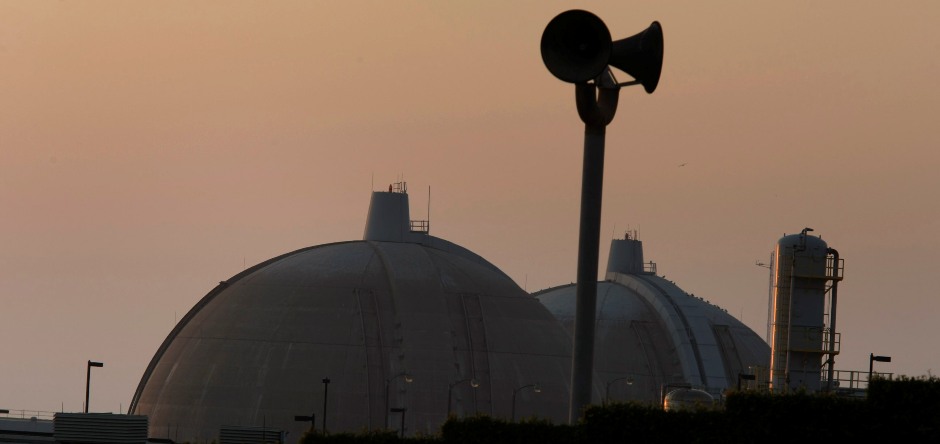But the issue became, how long do you keep the press waiting so that you can gather more information? - William Scranton
Over 180 million Americans live within 50 miles of an operating nuclear power plant, nearly 3 million within 10 miles
The potential danger from an accident at a nuclear power plant is exposure to radiation. This exposure could come from the release of radioactive material from the plant into the environment, usually characterized by a plume (cloud-like formation) of radioactive gases and particles. The major hazards to people in the vicinity of the plume are radiation exposure to the body from the cloud and particles deposited on the ground, inhalation of radioactive materials and ingestion of radioactive materials.
State governments and federal agencies have emergency response plans in the event of a nuclear power plant incident. The plans define two "emergency planning zones." One zone covers an area within a 10-mile radius of the plant, where it is possible that people could be harmed by direct radiation exposure. The second zone covers a broader area, usually up to a 50-mile radius from the plant, where radioactive materials could contaminate water supplies, food crops and livestock.
Terminology
- Notification of Unusual Event - A small problem has occurred at the plant. No radiation leak is expected. No action on your part will be necessary.
- Alert - A small problem has occurred, and small amounts of radiation could leak inside the plant. This will not affect you and no action is required.
- Site Area Emergency - Area sirens may be sounded. Listen to your radio or television for safety information.
- General Emergency - Radiation could leak outside the plant and off the plant site. The sirens will sound. Tune to your local radio or television station for reports. Be prepared to follow instructions promptly.

Nuclear Plants in the United States
Before a Nuclear Power Plant Emergency
- To begin preparing, you should build an emergency kit and make a family communications plan.
- Obtain public emergency information materials from the power company that operates your local nuclear power plant or your local emergency services office. If you live within 10 miles of the power plant, you should receive the materials yearly from the power company or your state or local government.
During a Nuclear Power Plant Emergency
- Listen for official information and follow the instructions provided by emergency response personnel.
- Minimize your exposure by increasing the distance between you and the source of the radiation. This could be evacuation or remaining indoors to minimize exposure.
- If you are told to evacuate, keep car windows and vents closed; use re-circulating air.
- If you are advised to remain indoors, turn off the air conditioner, ventilation fans, furnace and other air intakes.
- Shield yourself by placing heavy, dense material between you and the radiation source. Go to a basement or other underground area, if possible.
- Stay out of the incident zone. Most radiation loses its strength fairly quickly.
After a Nuclear Power Plant Emergency
- Keep listening to the radio and television for news about what to do, where to go and places to avoid.
- Act quickly if you have come in to contact with or have been exposed to hazardous radiation. Follow decontamination instructions from local authorities. You may be advised to take a thorough shower.
- Change your clothes and shoes; put exposed clothing in a plastic bag; seal it and place it out of the way.
- Seek medical treatment for unusual symptoms, such as nausea, as soon as possible.

